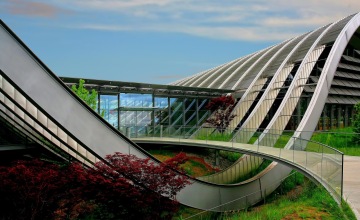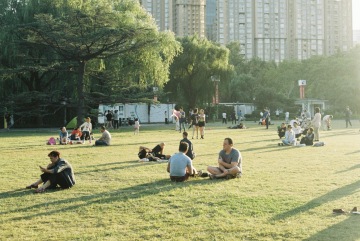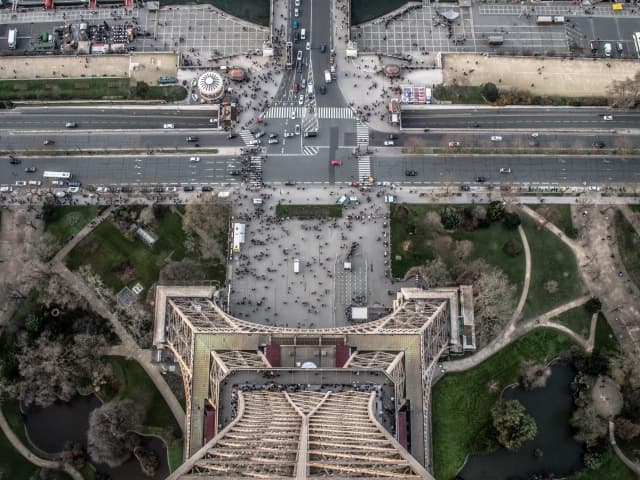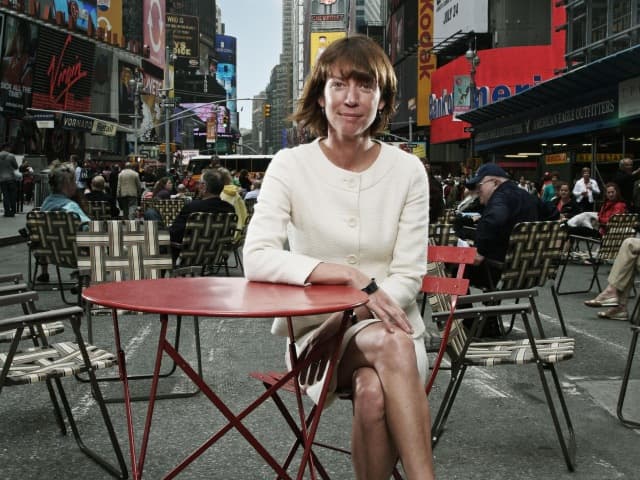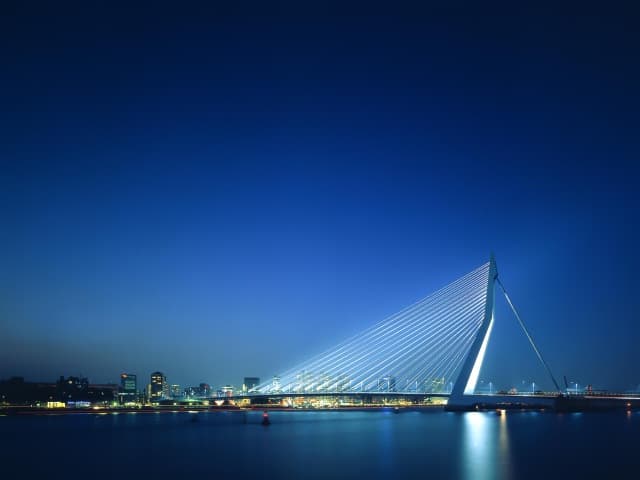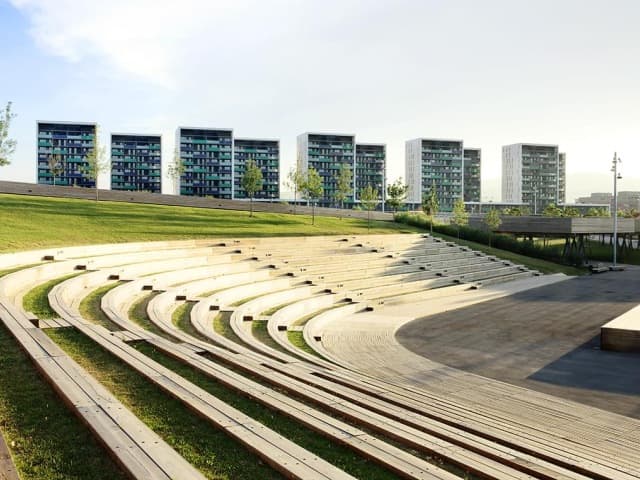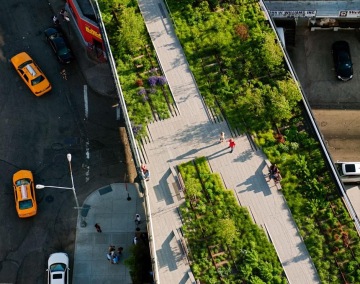
6 Myths And Facts On 21st Century Urbanism
How to create livable and people-centered cities?
Creating livable and people-centered cities is something that city dwellers are deeply interested in.
“Our long-term goal at the upcoming reSITE 2016 conference is to bring politicians, civic sector, architects, investors and developers to one table to establish a dialogue between them. And to correct a few myths that have put the brakes on sustainable urban development in CEE.” explains Martin Barry, the founder of reSITE. These are the most common mistakes we have encountered during our 5-years activity:
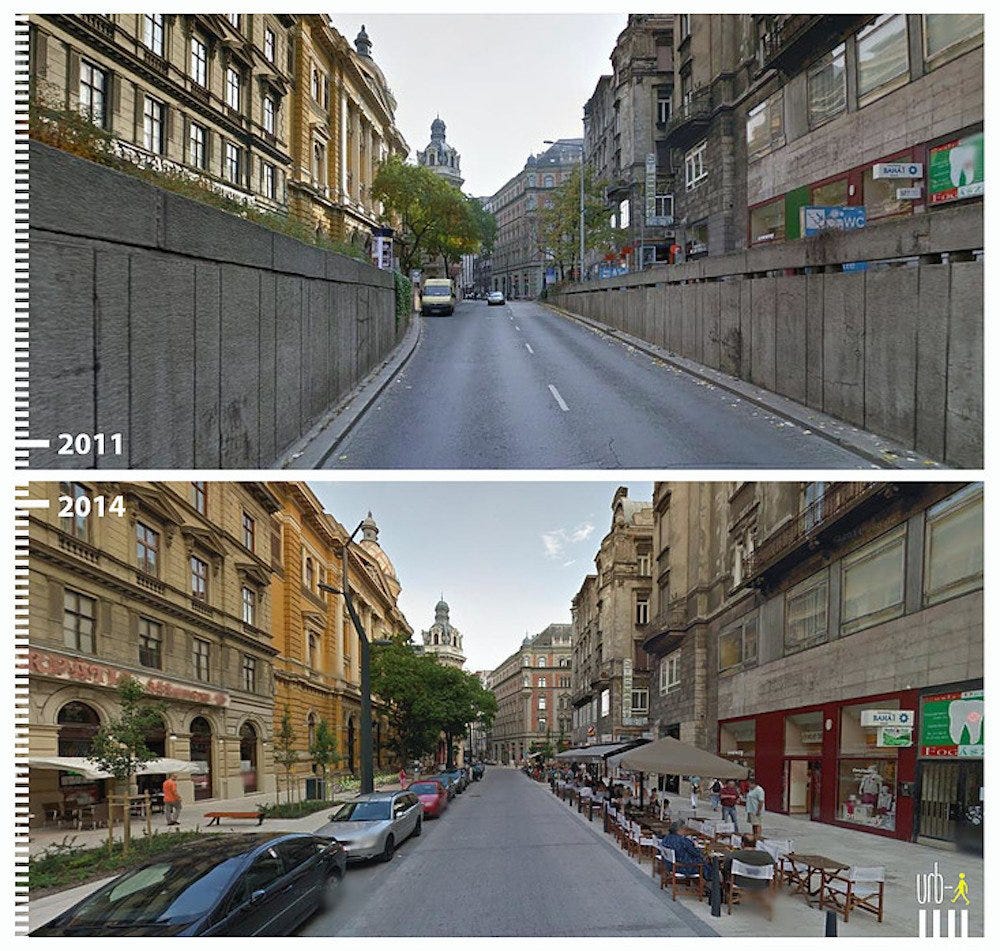
1. What works in one city cannot be implemented in another city.
NO. Most of the urban and economic mechanisms can work the same way anywhere in the world at the right scale and considering the local context and decision-making structure. For example, a neighborhood designed for pedestrians generates 60% more retail income than a zone where people commute in cars.
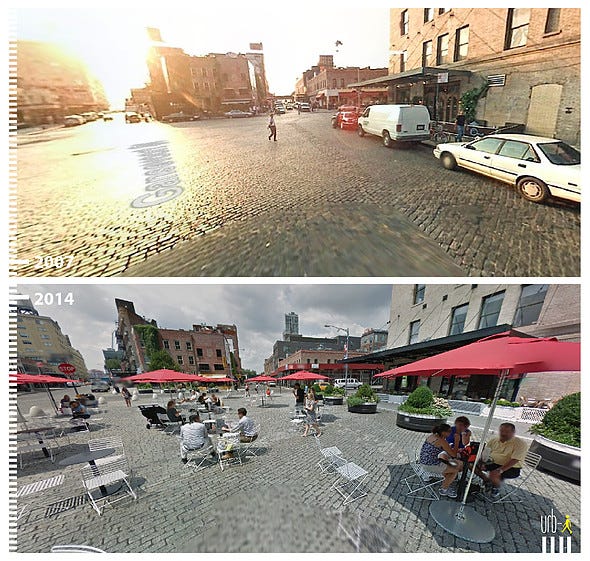
2. No major change can be achieved in 10 years.
NO. A decade is enough to consequently change a city. Over the course of 12 years, NYC re-zoned 124 neighborhoods. This is 40% of the city and 12,500 city blocks. And 90% of new development in NYC is within a 10-minute walk of a subway or park; with some 200,000 new affordable units being built as you read this. Vision and leadership are the key. Carl Weisbrod, one of keynote speakers, will talk about this at reSITE 2016 in detail.
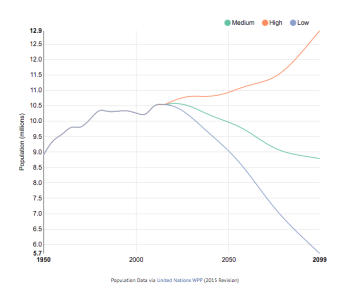
3. Migration is a huge problem for cities.
NO. Think about this: if cities can’t attract refugees of civil war, whom can they attract? The outflow of citizens is a much bigger long-term threat. Every city should have the ambition to attract new residents. Only livable and vibrant cities are magnets for smart young people and investments.
4. Migration must be solved at the borders.
NO, NOT ONLY. Focusing on borders only raises fear and hatred. The true and sustainable solutions can be found in cities — natural centers of human migration for millennia.
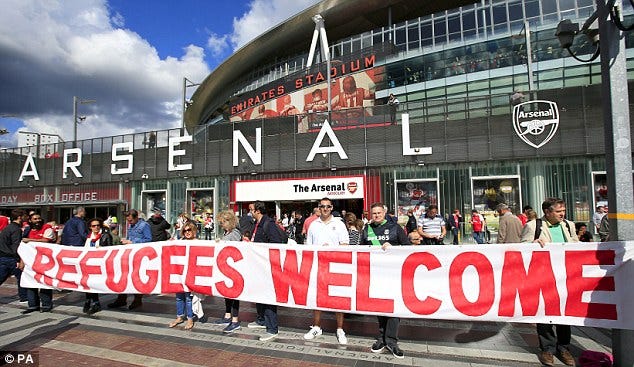
5. My city doesn’t have the finance to carry out big visions.
NO. Really strong visions and leadership can attract unlimited investment. Vision is the problem, not money.
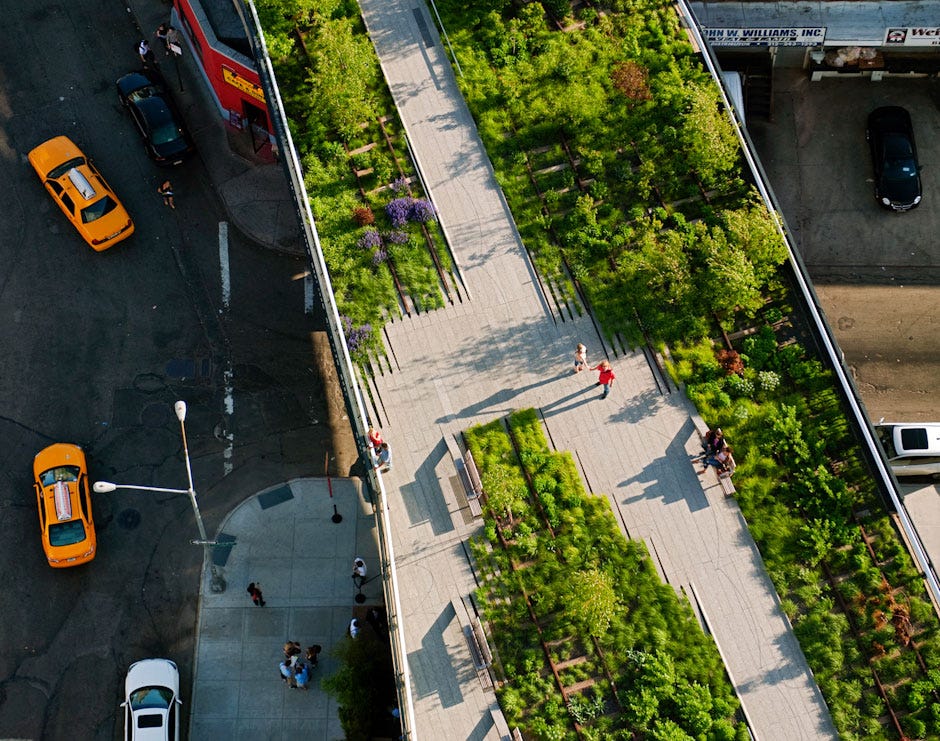
6. The public sector and private investors can’t find a common interest.
NO. Only quality public spaces make any private investment valuable. The private and public sectors must cooperate.
Related Stories
Young Designers Open Call
The Young Designers Open Call (YDOC) is an opportunity for emerging architects and designers to manifest their talent in front of a renowned jury, get their idea built and put in use in a popular Prague location, within only a few weeks. The first three awarded projects get a financial prize. Deadline April 4th, 2025.
Five Talks On Using Design for Social Impact
Socially conscious designers leverage economic, environmental, political and cultural factors and consider them in their efforts to improve the livability of the built environment.
Six Talks on Designing Cities to Include Greenspace
Cities benefit tremendously from the incorporation of greenspace, a connection to nature that is an arena to cultivate community.
Four Talks on Smart Cities: Do They Enhance or Weaponize our Environment
Technology is embedded in contemporary cities. From surveillance cameras to street lights, architects, scientists, planners, and engineers are finding new ways to streamline urban environments to improve the quality of life. Yet, some worry that increasing reliance on technology could lead to its potential abuse, especially when it comes to personal privacy.
Related Talks
Nicolas Buchoud on Embracing the Complexity of our Future Cities
Nicolas Buchoud, cofounder of Renaissance URBaiNe, discusses the modern complexities of city design and finding smart solutions to problems faced by cities today. Buchoud believes we should use the interconnectedness of modern cities to improve urban design to address issues of sustainability, energy, governance, and metropolitan functions.
Janette Sadik-Khan on the Value of Our Streets + PlaNYC
Janette Sadik-Khan, former Commissioner of the Department of Transportation of New York City, discusses programs implemented in her time in the department and the positive changes these have made. She especially focused on safety and community opinion in her policies, and presents how they made safety programs appeal to people and how much safer she made the streets for pedestrians, cyclists, and drivers.
Caroline Bos on Building Cities for the Future
Caroline Bos, a Dutch urban planner and co-founder of the architectural design center UN Studio, questions the sustainability of our current cities and how to make them last into the future. She brings up ideas of resilience in cities, working with a circular economy, and managing resources more sustainably and effectively.
Enric Batlle on Building Biodiversity into Urban Infrastructure
Enric Battle, architect and partner at Battle i Roig discusses the integration of biodiversity and infrastructure in urban spaces by looking to biodiversity, connectivity, and productivity to shape urban green spaces.

